After finishing grade 9, we were sent to Hanoi, gathered at the Central Campus to study politics, learn the history of the Vietnamese revolutionary struggle, the history of the Communist Party of Vietnam ... After more than three months of training, the students sat for a week for a general self-criticism, each person had to honestly state all their strengths and weaknesses. The self-criticism was revised and completed by the collective and sent back to the locality or fellow countrymen for verification. This was a very stressful time for us 15-16 years old.
Then the class ended, some of my friends went to study in the Soviet Union, China and Eastern European countries. I went to the Soviet Union, traveling more than thirteen thousand kilometers, through Nanguan to Beijing, Manzhouli, Siberia and then to Moscow. As students from the resistance zones, I was amazed by the vast and majestic landscape of Russia.
The first step into Lomonosov University, the school with a 32-storey building towering on Lenin Hill, gave us a feeling of unreality like in a dream. Here, in the preparatory class, we were taught every Russian word by teacher Khruvskaia Valenchina Vasilievna, taken care of from meals to sleep, and medicine when we caught a cold.
Korpus 7 Student Street Summer 1961.
Then a school year passed, we had all the necessary conditions to enter universities. Saying goodbye to our friends, we went to the Moscow Geological Prospecting University named after Sergo Ordzhonikidze.
The first class here had Nguyen Xuan Sinh (RM-55), Truong Duong Tan (RM-56), then Ho Dac Hoai (RF-56), Ngo Van Buu (RF-56), Nguyen Van Chu (RM-56), Pham Xuan Hoang (RM-56), Ho Quang Phong (RM-56). In the summer of 1957, the third class came to the school with Truong Minh (RF-57), Nguyen San (RF-57), Bui Kien (RM-57), Nguyen Hoa (RM-57), Nguyen Kim Tu, Nguyen Duc Bao, Dang Minh Duc. Ngo Thuong San and Nguyen Nghiem Minh came later from the Internat school. In 1958, there were cadres such as Nguyen Thien Giao (RF-56), Phan Minh Bich (RF-58), former Head of the Bao Ha iron exploration team, sent to study by the General Department of Geology. In 1959, there were also transfer students from Hanoi University of Science and Technology such as Truong Bien (RT-57), Nguyen Thuong Hung (RG-57), Nguyen Thanh (RG-57), Huynh Trung (PS-57)... In the following years, many brothers and sisters continued to be sent to study, adding more Vietnamese students to the departments of Geology, Geophysics, Hydrogeology, Mining, Engineering Geology...
In our class, the school gave priority to foreign students to stay in Korpus 7 student dormitory. This is where we stayed for 5 years of studying with many unforgettable happy and sad memories of a passionate youth.
Geophysical instrumentation practice.
The first lecture was in lecture hall 20, the largest shared lecture hall of the school, Vietnamese students studied with Russian, Czech, German, Hungarian students... We chose the row of tables closest to the board to see and hear clearly, but with our poor Russian, we could only hear a few sentences, trying to take notes in both Russian and Vietnamese. I tried to choose a seat near a Russian friend, preferably a female, and tried to glance at the paper to supplement the parts I couldn't hear. Then the course passed, the notes were fully taken, preparing for exams with many basic subjects such as math, physics, chemistry, general geology, philosophy... Luckily, we had studied some basic science subjects quite thoroughly in Vietnamese high schools, so studying was also quite convenient.
Winter in Russia is very cold but every day we still have to wake up early, before seven o'clock in the morning, when it's still not light, without having time to eat anything, we quickly grab our school bags, grab a handful of snow to rub on our faces and rush to the metro station to go to school. At eight o'clock in the morning, it's still dark outside, the teacher keeps lecturing on the podium while the students are sleepy, trying to strain their eyes to look at the board, only seeing the teacher vaguely, the teacher's voice occasionally in their ears. Then the bell rings to signal the end of two periods, the students rush to the gate to line up to buy pirojki donuts. Hot and delicious cabbage donuts are a breakfast that students really like at that time.
The first year of study, with all the initial confusion, passed quickly, and we were preparing for an internship in Zagorsk. This is a suburb more than a hundred kilometers from Moscow in a dense forest, with a summer landscape of green pine and birch trees, cool, fresh air, completely different from the cold, snow-covered winter. The school built student housing, offices, field practice areas, and a data analysis and processing office. The two-story pine house was used as accommodation for female and foreign students, while Russian male students lived in barracks.
All first-year students must undergo a geodetic internship using a theodolite, a geophysical internship using an SP-1 resistivity measuring device, a GAK gravity measuring device... At that time, Vietnamese students were just exposed to new, modern measuring devices. They were very confused, but gradually got used to them and learned how to use them proficiently. After hours of outdoor measurements, students returned to do office work, process data, draw topographic maps, draw geophysical cross-sections... The internship in Zagorsk was like a picnic where they both studied and played, providing the young minds of students with the initial concepts of the geological exploration profession as a foundation for the following years of study. In the second year, students learned basic subjects of the profession such as general geology, paleogeology, paleontology, tectonics...
After finishing 6-7 subjects with dozens of tests, at the end of the second year, we went to do a geological internship in Crimea in southern Russia. Here, the school organized a Palygon area in the Bakhchysarai region, near the internship camp of Lomonosov State University. The school did not have a dormitory, so students divided into small groups and stayed in local people's houses.
On the geological mapping route of the Crimea region.
A month of internship passed with many initial practical experiences of a geologist. At the end of the second year internship, we divided into groups to visit the cities along the Black Sea coast with high, vast skies and beautiful blue seas. There was a very good organization to welcome ordinary tourists. The old ladies welcomed a few people to stay at their houses at a very "student" price, and sightseeing was optional. Then we went through the coastal cities of Simferopol, Sevastopol, Yanta... The summer passed wonderfully, both learning in practice and understanding more about the vast Soviet Union. The summer internship ended, the students carried their backpacks back to school, preparing for the new school year.
After the first year of internship, all students have to join the Selina in Kazakhstan. Students who join the Selina harvest wheat, help with the combine harvester, and those who are strong help with the plow. The work is hard all day, eating in the fields, sleeping in tents at night, hot during the day, cold at night. The work is rushed to get the harvest done before winter comes.
Astrakhan steppe.
Entering the third year, in addition to basic geological science subjects, students are divided into specialized subjects with in-depth knowledge. In geophysics, we studied subjects such as gravity exploration, electricity, seismology, radiation, well geophysics... along with experiments, tests, and dozens of exams on each subject in two semesters. Each exam is suspended for two to three days, and students hardly sleep to study for the exam. On the way to the exam, eyes half-closed, specialized mathematical formulas still lingered in our heads.
Then the school year passed smoothly, preparing for a new internship, the first production internship at the Southern Ural Geological Federation in the summer of 1959. Three days and nights of continuous trains ran to the city of Uran, where the two European and Asian regions of the vast country of Russia meet. My classmate San and I came to intern here and stayed at a local's house. The landlord arranged for us to share a room, and during the day we worked in the field. Every morning, the landlord packed us a loaf of bread with a few eggs, boiled potatoes, cucumbers and a bottle of fresh cow's milk. These foods were not bought at the market but were home-made. At that time, all Russian farmers lived on collective or state farms. Every day, people went to work on the farm, but every family had their own cows, pigs and vegetable gardens. Intern students were allowed to live with the family without having to pay. Three months of field work and data processing in the office gave us some practical knowledge to supplement the theoretical lessons at school.
In the 1959-1960 school year, the fourth year curriculum focused on narrow specialties, preparing for a career after graduation, namely Seismological Exploration. This time, I had an internship at the Astrakhan Geophysical Union on the Kaspien coast. This is a vast steppe area with great prospects for underground oil and gas.
The years of studying hard in the Soviet Union were also the time of waiting for the day to return home. Then time passed quickly, I graduated from university. Before boarding the train back home, I went around the beloved city of Moscow through the years of studying hard and said goodbye to my school friends.
Life has many ups and downs, with so many unforgettable joys and sorrows. I don't know why, but the older I get, the more I remember the memories of my youth!
According to the memoirs of the late Dr. Truong Minh,
Former Deputy Director of Vietnam Petroleum Institute
Source: https://www.pvn.vn/chuyen-muc/tap-doan/tin/ee3c1e2d-1631-4d18-ba0c-d50fa8168933


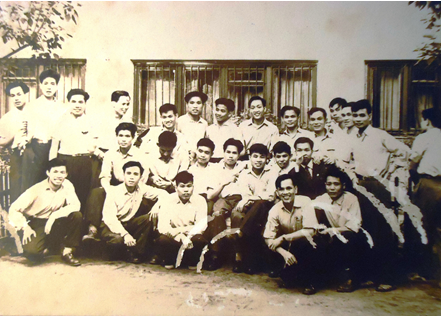
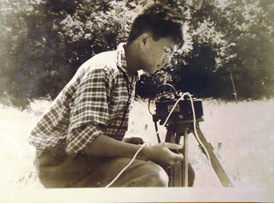
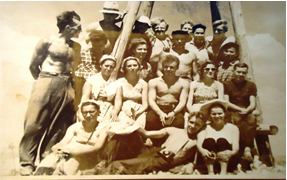
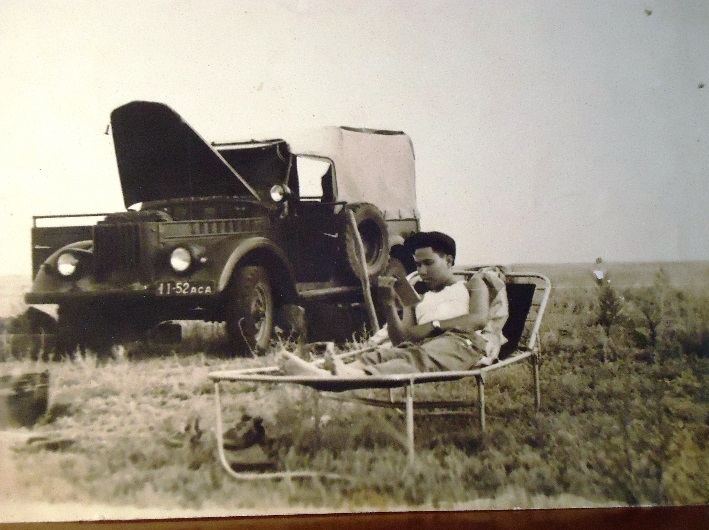
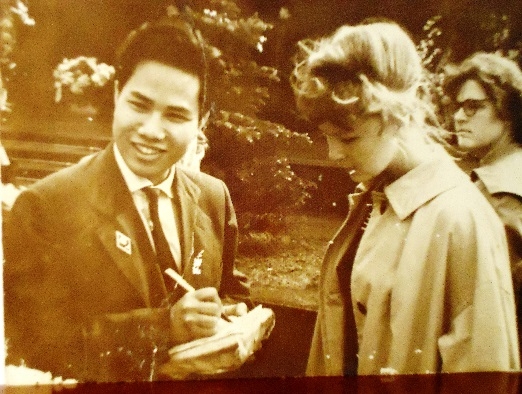






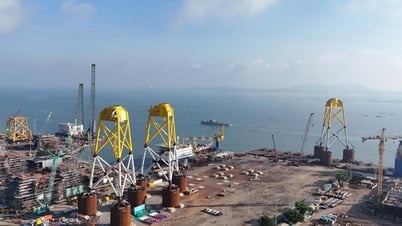

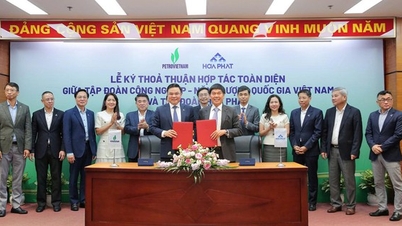
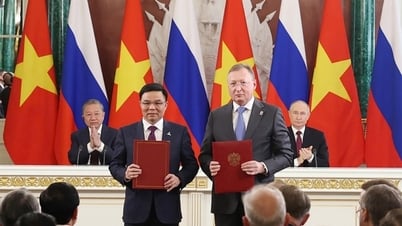


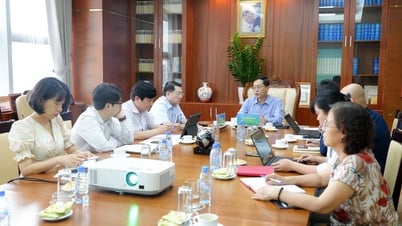

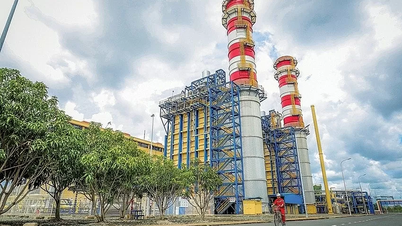





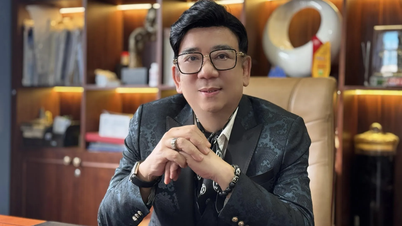
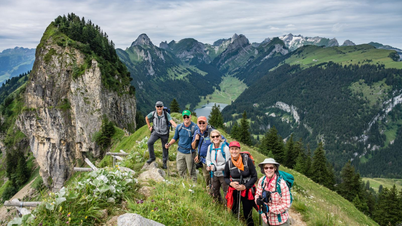
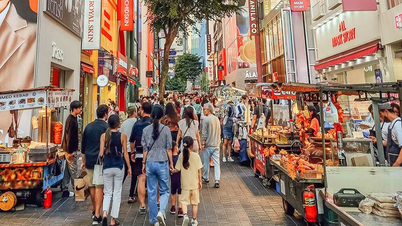

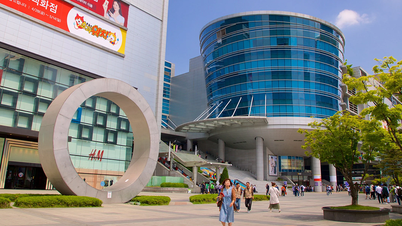
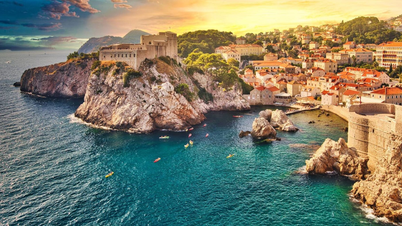

















































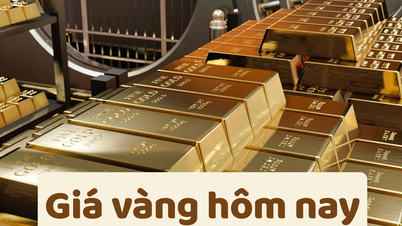




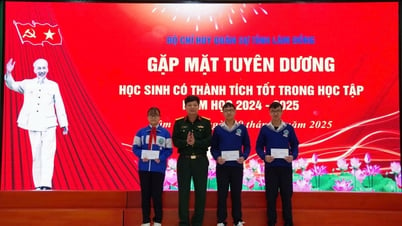

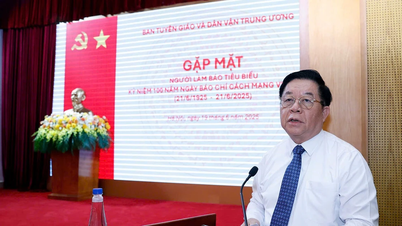

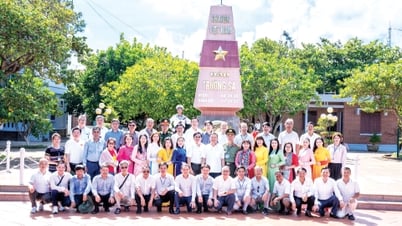











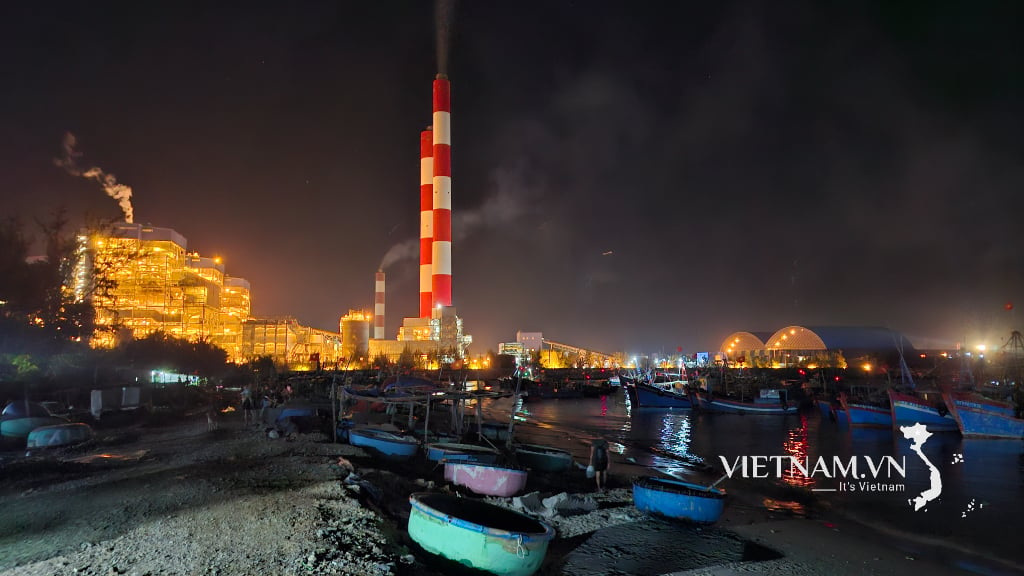

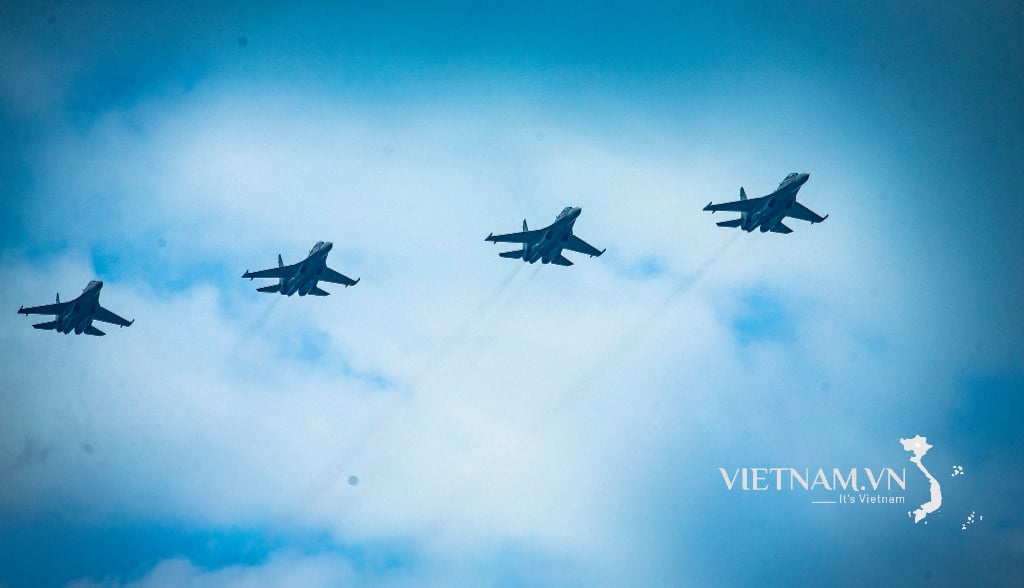
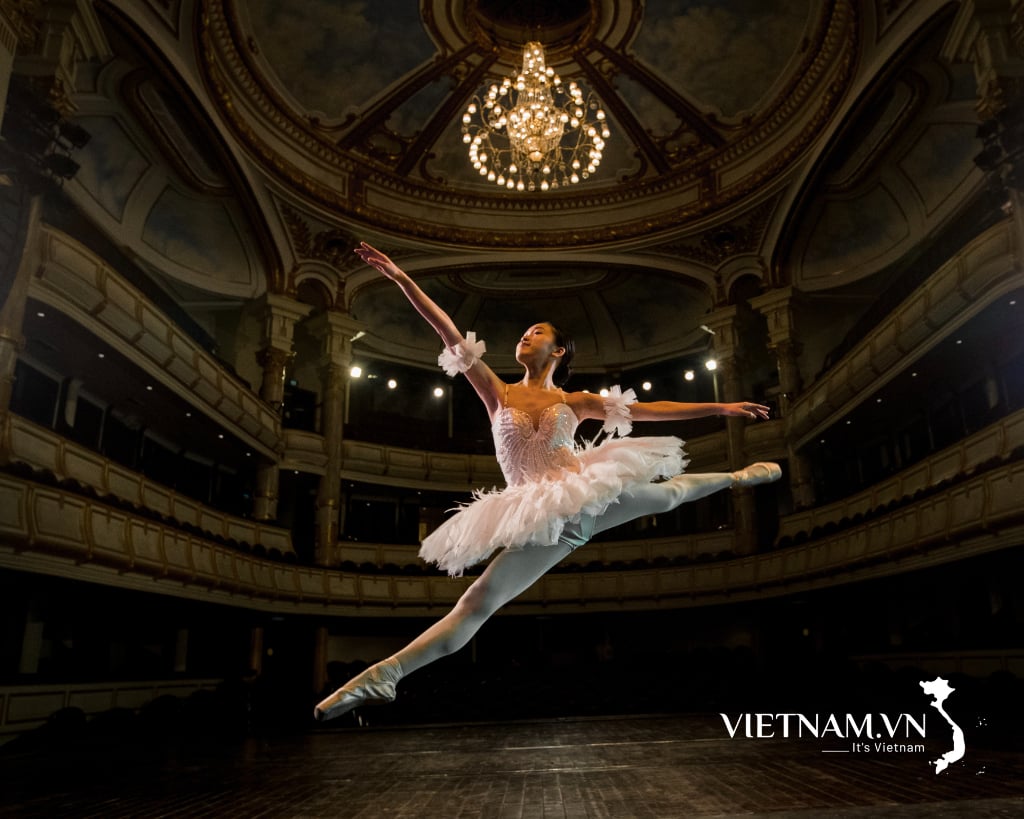
Comment (0)